A Guide to Weed and Bindi Removal For Bindi and Weed Free Lawn
There’s nothing a lush, green lawn. It’s a symbol of pride, a canvas for summer activities, and a testament to one’s dedication to their outdoor space. However, the presence of weeds and bindis can mar this picture-perfect scene, causing discomfort and frustration. This blog post will guide you through the process of removing these unwelcome guests and maintaining a healthy, vibrant lawn. No Body Likes A Lawn With Bindi And Weed Free Lawn
Weeds and Bindis
Weeds and bindis are common nuisances in lawns across Australia. They compete with grass for nutrients, water, and sunlight, and can quickly overrun a lawn if left unchecked. Bindis, in particular, are notorious for their sharp, prickly seed pods that can cause a painful sting when stepped on.
Step 1 – Identification
Before you start on this clean up, you need to know what you’re dealing with. Weeds can be broadly classified into two types Broadleaf and Grassy. Bindis, also known as Soliva sessilis, are a type of broadleaf weed.
Step 2 – Manual Removal
For small infestations, manual removal might be the best option. This involves physically pulling out the weeds from the ground, ensuring that you remove the root to prevent regrowth.
Step 3 – Chemical Control
For larger infestations, you might need to resort to herbicides. Select a product that is suitable for your specific weed type and lawn grass. One thing you must always do is read the instructions & always understand the instructions when using these products.
Step 4 – Lawn Care
Proper lawn care can prevent the recurrence of weeds and bindis. This includes regular mowing, watering, and fertilizing. A healthy lawn can effectively crowd out potential weeds.
When Things Get Tough With Bindi And Weed Free Lawn
The Weed and Feed Solution
Sometimes, despite our best efforts, weeds and bindis can get out of control. They make it hard to get the perfect Bindi and Weed Free Lawn. When manual removal and regular lawn care aren’t enough, it might be time to consider a more aggressive approach – the weed and feed solution.
Weed and feed products are a different option as they are a combination of herbicides and fertilizers. They work by killing the weeds while providing nutrients to your lawn, promoting the growth of healthy grass. This dual action can be particularly effective when dealing with large infestations.
Before applying a weed and feed product, it’s important to correctly identify the type of weeds in your lawn. Different products are designed to tackle different types of weeds, so choosing the right one is crucial for effective control.
Application should be done in the early morning when the dew helps the product stick to the weeds. Avoid watering your lawn for at least 24 hours after application to ensure the product is absorbed.
Remember, weed and feed products are potent and should be used as a last resort.
With the right approach and a bit of patience, even the most stubborn weeds and bindis can be defeated. Here’s to the joy of a green, clean, and healthy lawn!

The Joy of a Weed-Free Lawn
A lawn free of weeds and bindis is more than just visually appealing. It’s a safe place for children to play, free of the painful pricks of bindi seed pods. It’s a testament to the hard work and dedication that you’ve put into your garden. And most importantly, it’s a space for you to relax and enjoy the fruits of your labor.
Less Work, More Enjoyment
Keeping a lawn free of weeds and bindis is an ongoing task, but it doesn’t have to be a chore. With a consistent and proactive approach, you can maintain the health and beauty of your lawn while minimizing the effort required.
Regular Mowing
Regular mowing not only keeps your lawn looking neat, but it also helps to control weeds. By cutting off the tops of weeds, you can prevent them from producing seeds and spreading further. Aim to mow your lawn once a week during the growing season and this does not happen.
Watering Wisely
Watering your lawn deeply but infrequently encourages the grass to develop deep roots, making it stronger and more resistant to weeds. Aim for about one inch of water per week, either from rain or watering.
Feeding Your Lawn
Regular feeding with a high-quality lawn fertilizer can help your grass stay healthy and outcompete any potential weeds. Aim to feed your lawn a few times a year, typically in the spring and fall.
Overseeding
Overseeding is the process of planting grass seeds but make sure they are the right grass seeds for your lawn. Put the seeds directly into the existing turf. This is a great way to improve the density of your lawn, fill in bare spots, and crowd out potential weeds.
By incorporating these practices into your lawn care routine, you can maintain a beautiful, weed-free lawn with less work. After all, the goal is not just to have a great-looking lawn, but also to have more time to enjoy it!
Conclusion
Weed and bindi control is an ongoing task, but with the right knowledge and tools, it’s certainly manageable. Here’s to the joy of a green, clean lawn!
Join the Discussion
We hope you’ve found this guide to maintaining a weed and bindi-free lawn helpful. But we know that everyone’s lawn and experiences are unique. That’s why we’d love to hear from you.
Have you tried any of these methods? What worked and what didn’t?
Do you have any tips or tricks for dealing with weeds and bindis that weren’t mentioned in this post?
How do you balance the work of maintaining a lawn with the enjoyment of having one?
Please share your thoughts, experiences, and questions in the comments section below. Your insights could be just what another reader needs to hear to solve their own lawn care challenges.


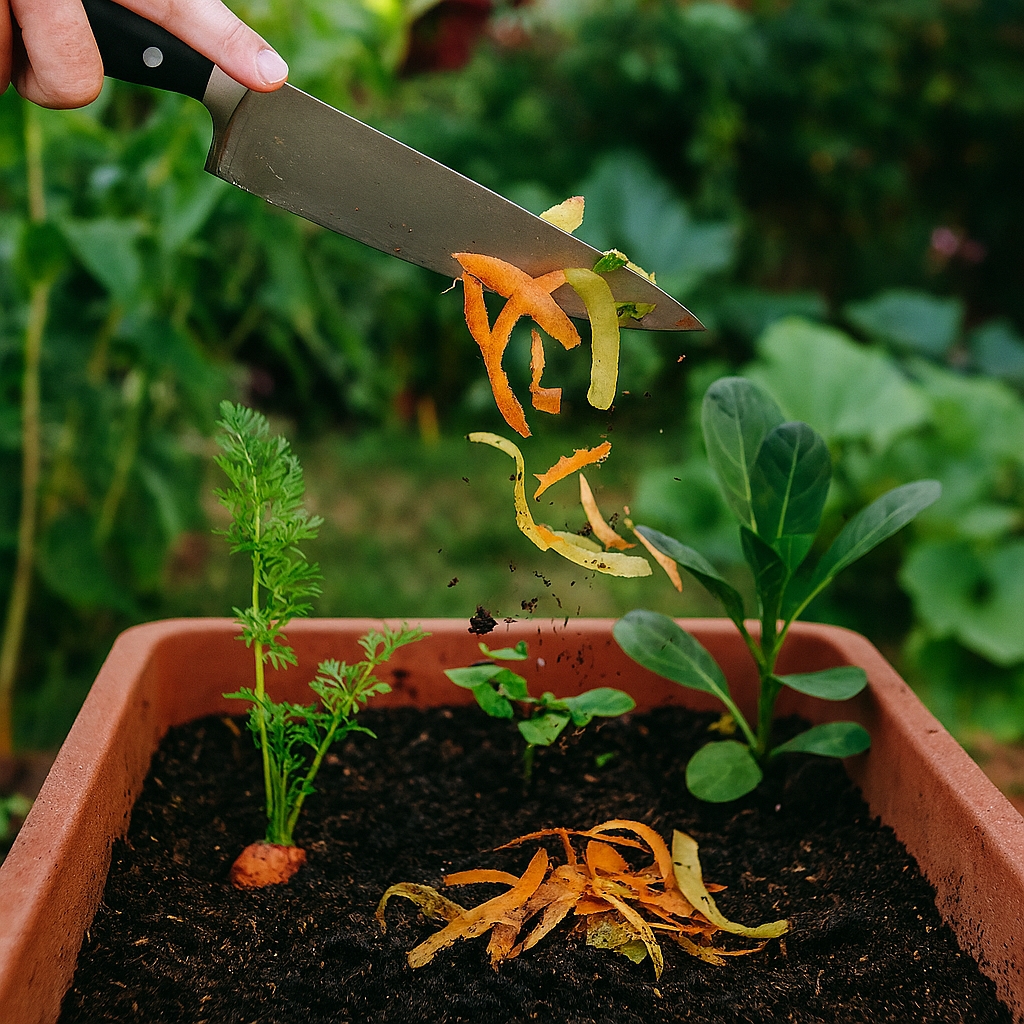
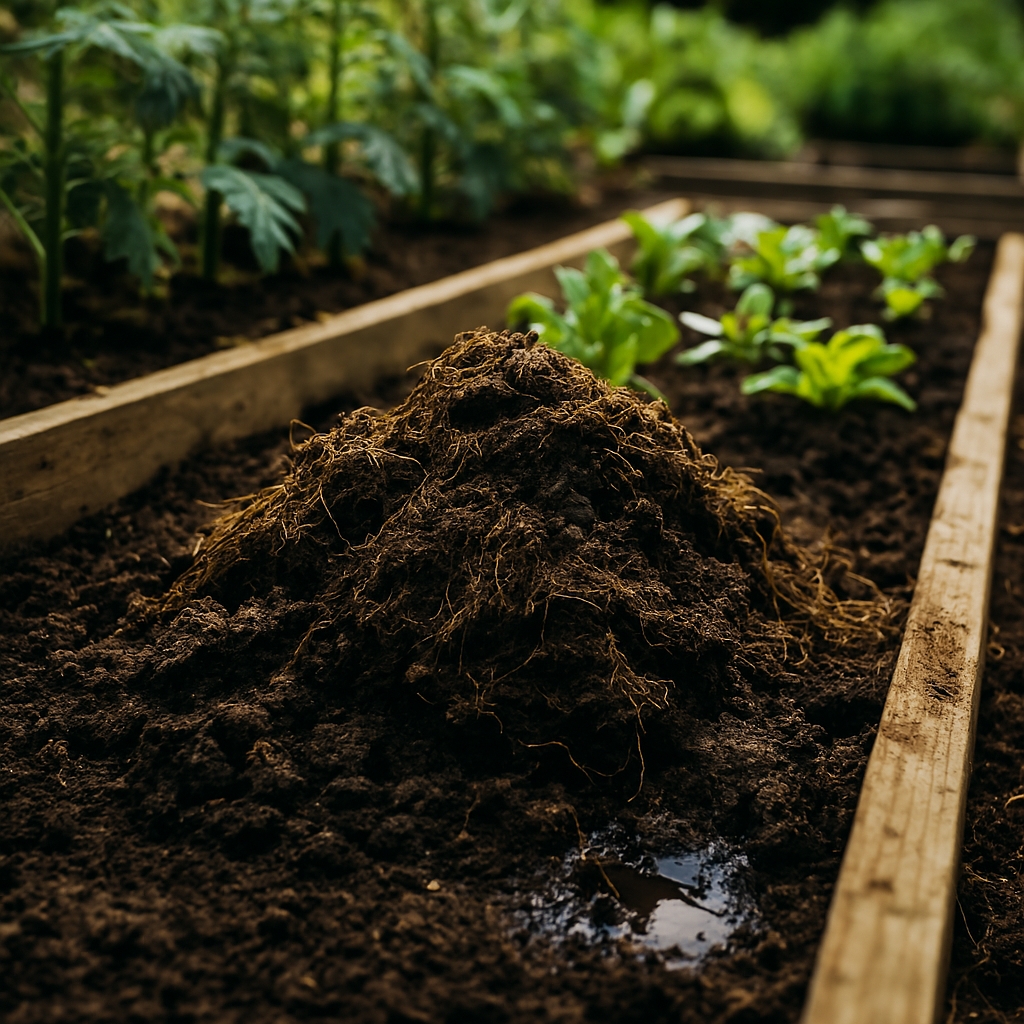
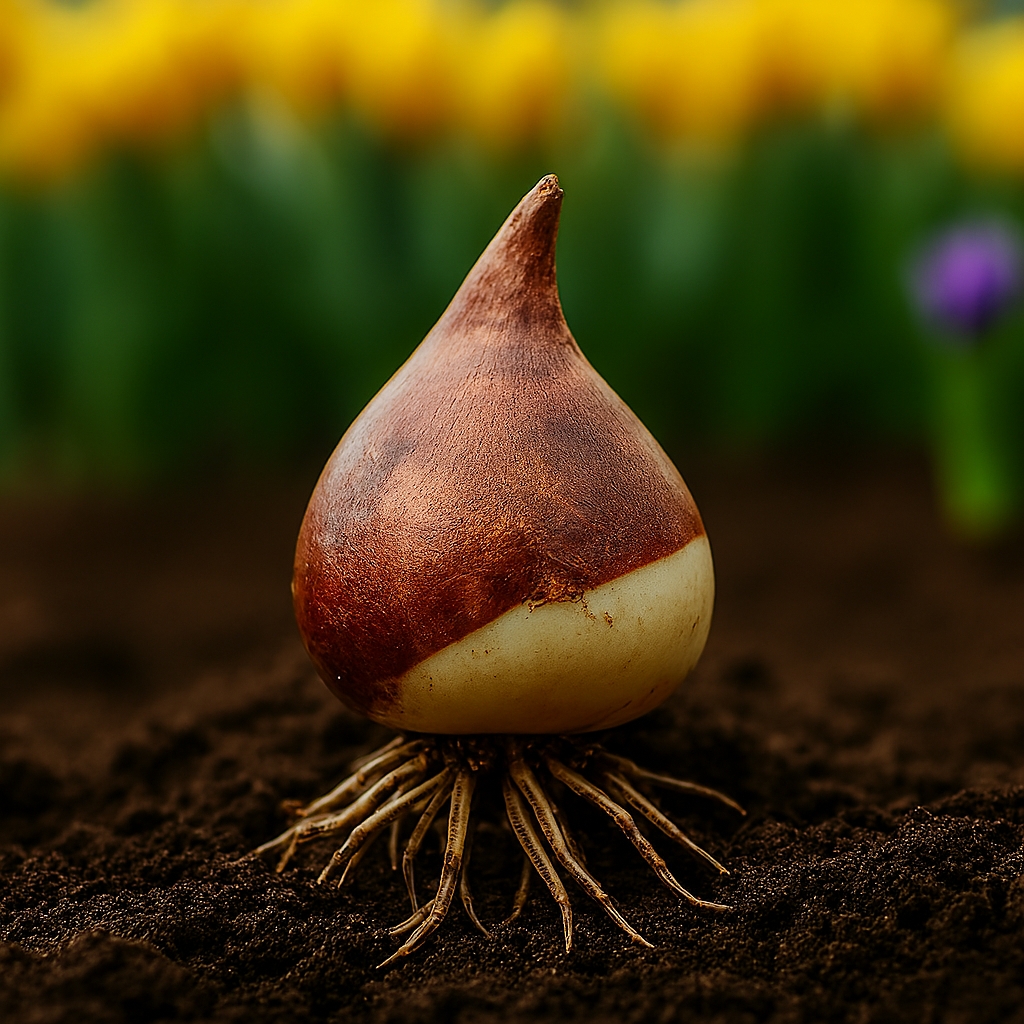
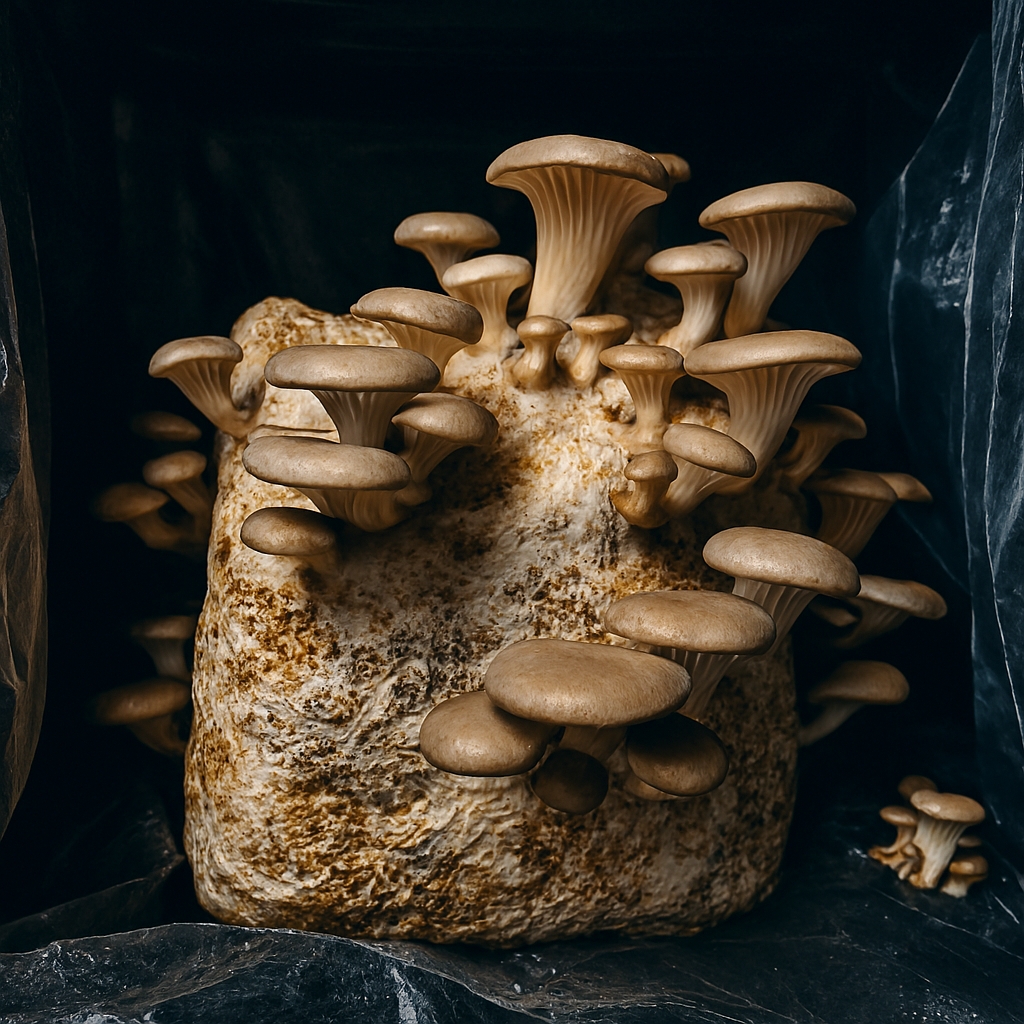
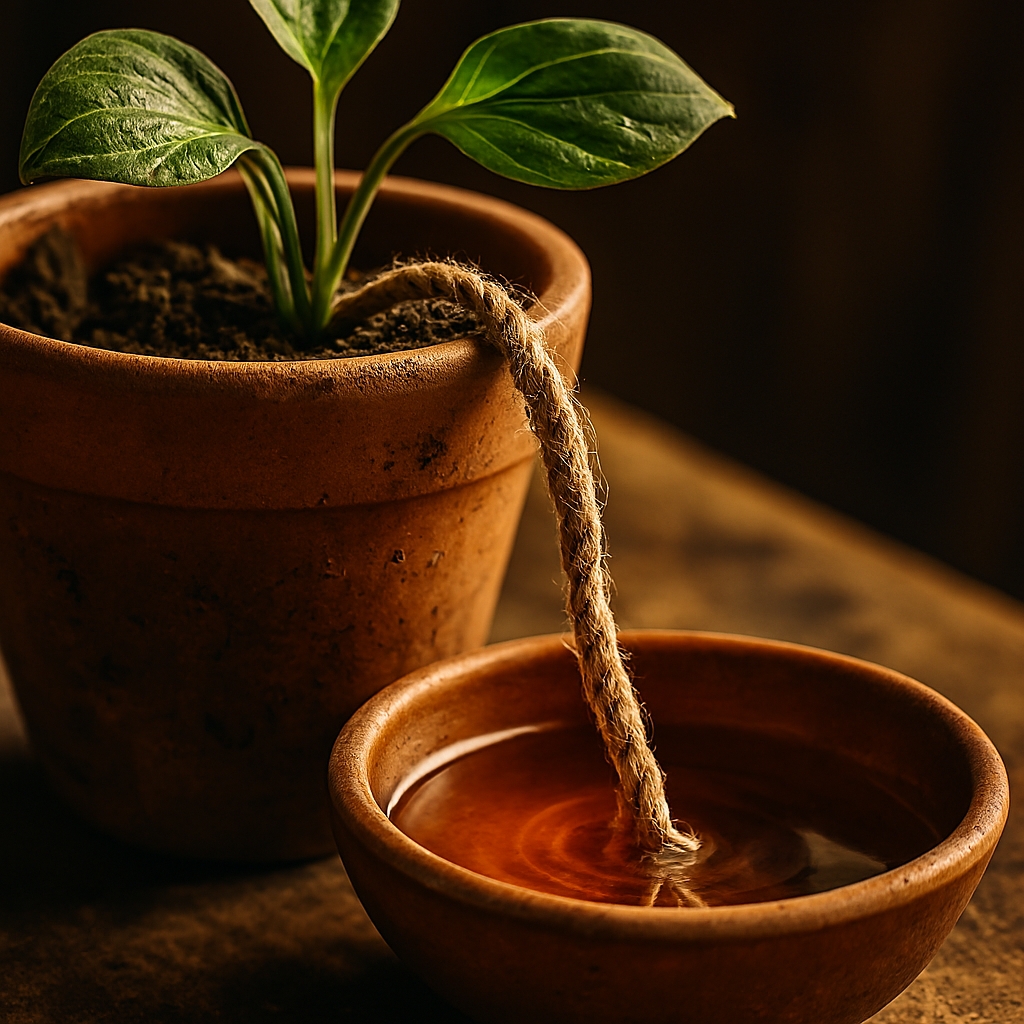
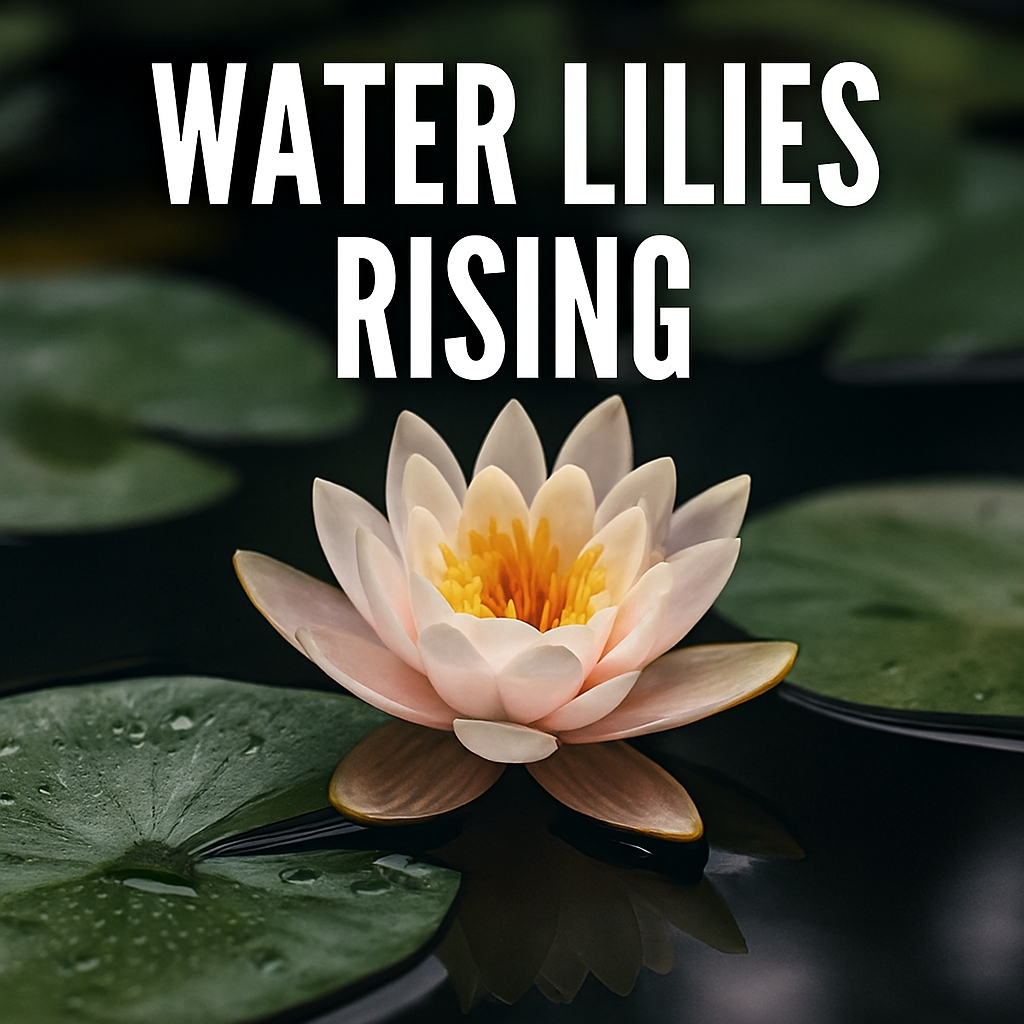
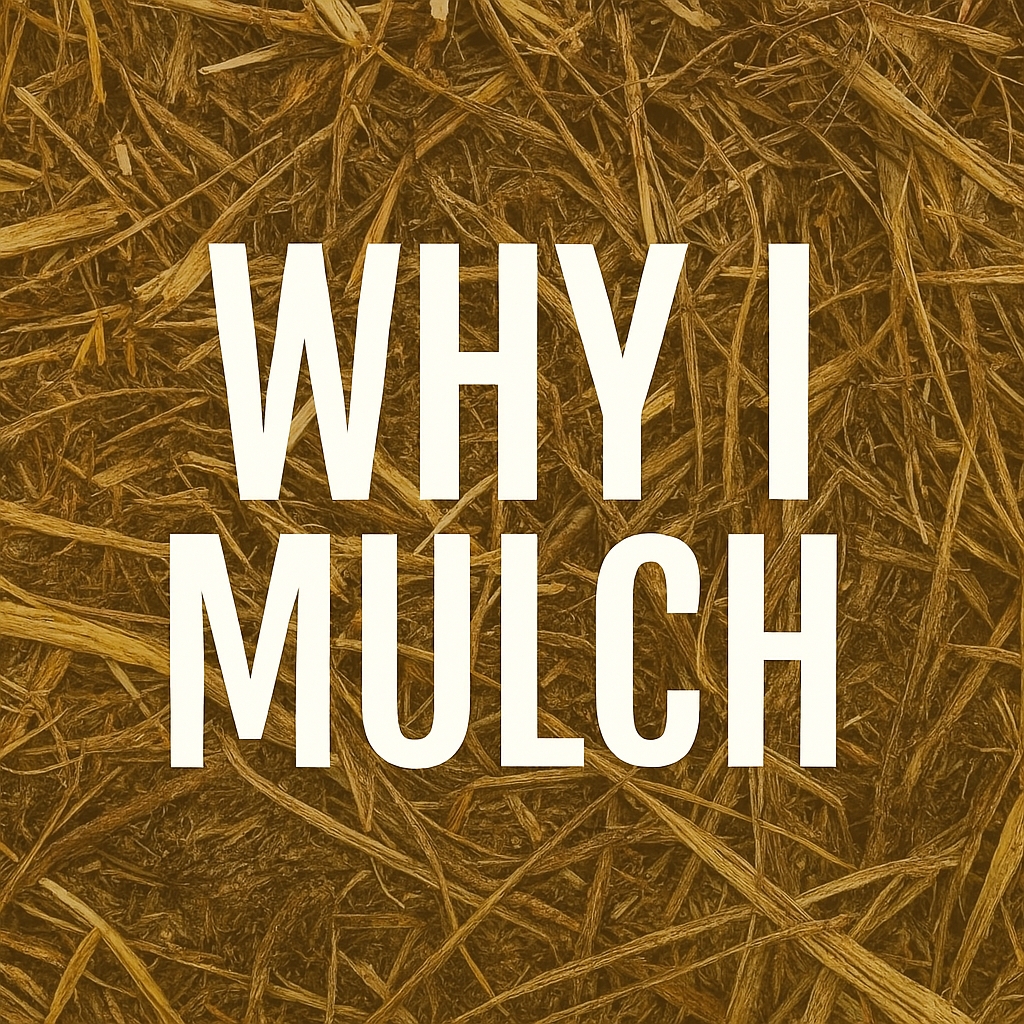






The Magic of My Mulcher Mulching - Daphne's Corner
[…] use of my mulcher, mulching is an essential practice for any gardener aiming to maintain a healthy and vibrant garden. It’s a simple process, but the benefits it brings to your garden are immense. In this post, […]